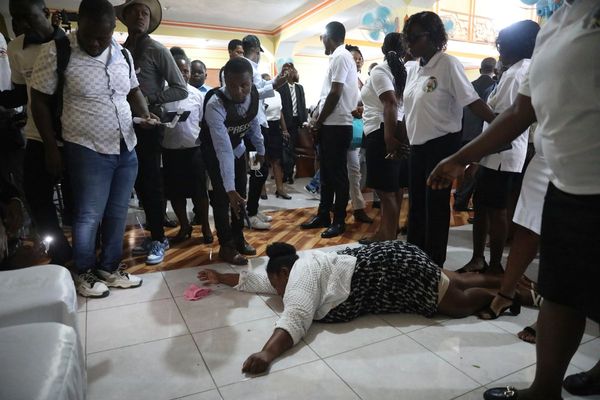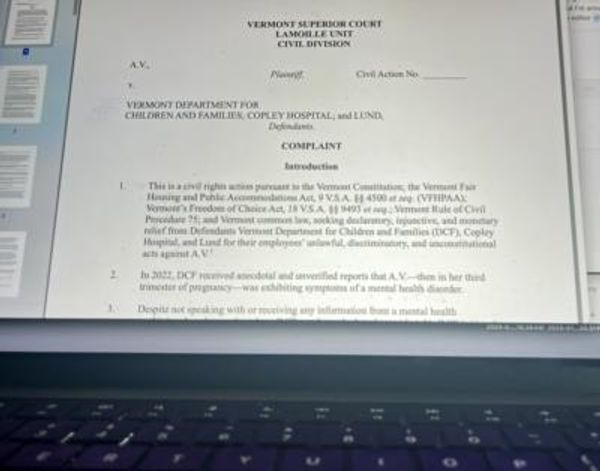
For years the criticisms levelled at climate activists Extinction Rebellion have been the same. Far from being the “nose-ringed climate change protesters” and “uncooperative crusties” described by then UK prime minister Boris Johnson in 2019, the movement’s real problem is that it’s too white, too middle class, too out of touch. That its luxuriating in stunts guaranteeing arrest strikes an odd note to over-policed minorities. And that simply showing up in a working-class area to muck up people’s commute without having done any work in the community beforehand is not the same thing as engaging a more diverse crowd.
Further, it’s been argued that disruptive protests risk alienating the very people they are trying to convert. As social demographer Dr Rebecca Huntley argues:
Those who are disengaged, uncertain or sceptical are more conservative and less likely listen to people who glue themselves to things, making it harder for them to get to work. In the qualitative research I have done, groups such as Extinction Rebellion come up in conversation in a very negative way and can be a barrier to talking about global warming and how climate action might actually improve their lives.
Anyway, the Australian arm of Extinction Rebellion appears to have taken at least some of that on board with its latest stunt yesterday. The target of its sticky hands this time was Picasso’s Massacre in Korea at the National Gallery of Victoria. A 59-year-old man and 49-year-old woman glued their hands to the masterpiece with a “Climate Chaos = War + Famine” banner unfurled at their feet. So while yelling at some gallerygoers about gas, logging and oil probably doesn’t do much for the whole “middle-class echo chamber” vibe, it doesn’t risk mightily pissing off potential converts to the same degree as blocking a train station in a working-class area.
Are Extinction Rebellion’s protest choices effective? Let us know by writing to letters@crikey.com.au. Please include your full name to be considered for publication. We reserve the right to edit for length and clarity.







